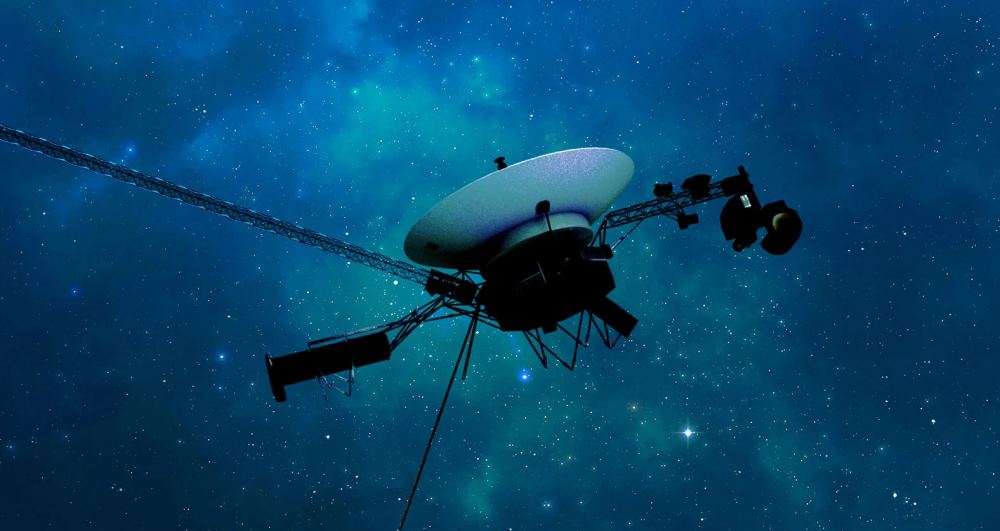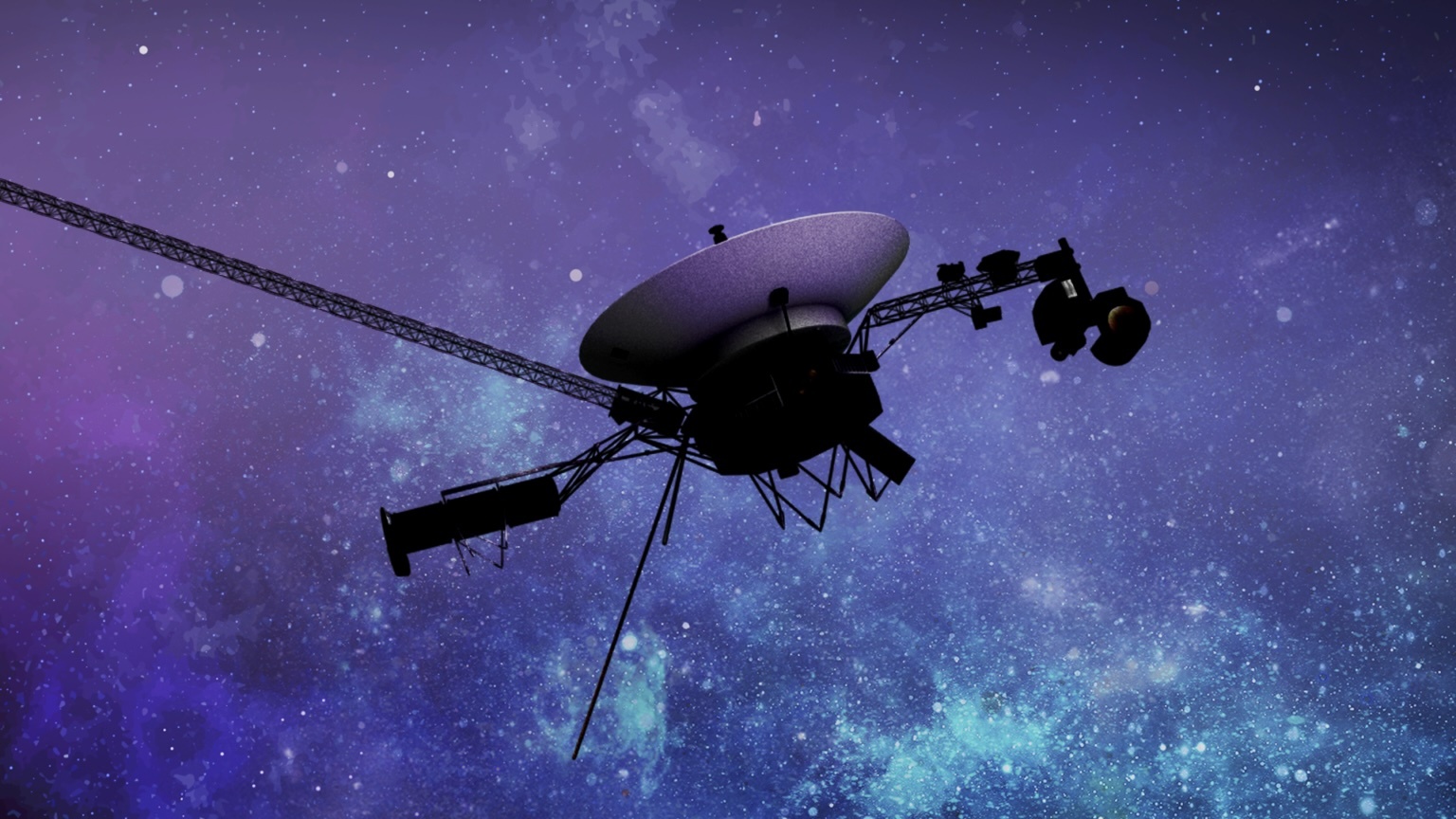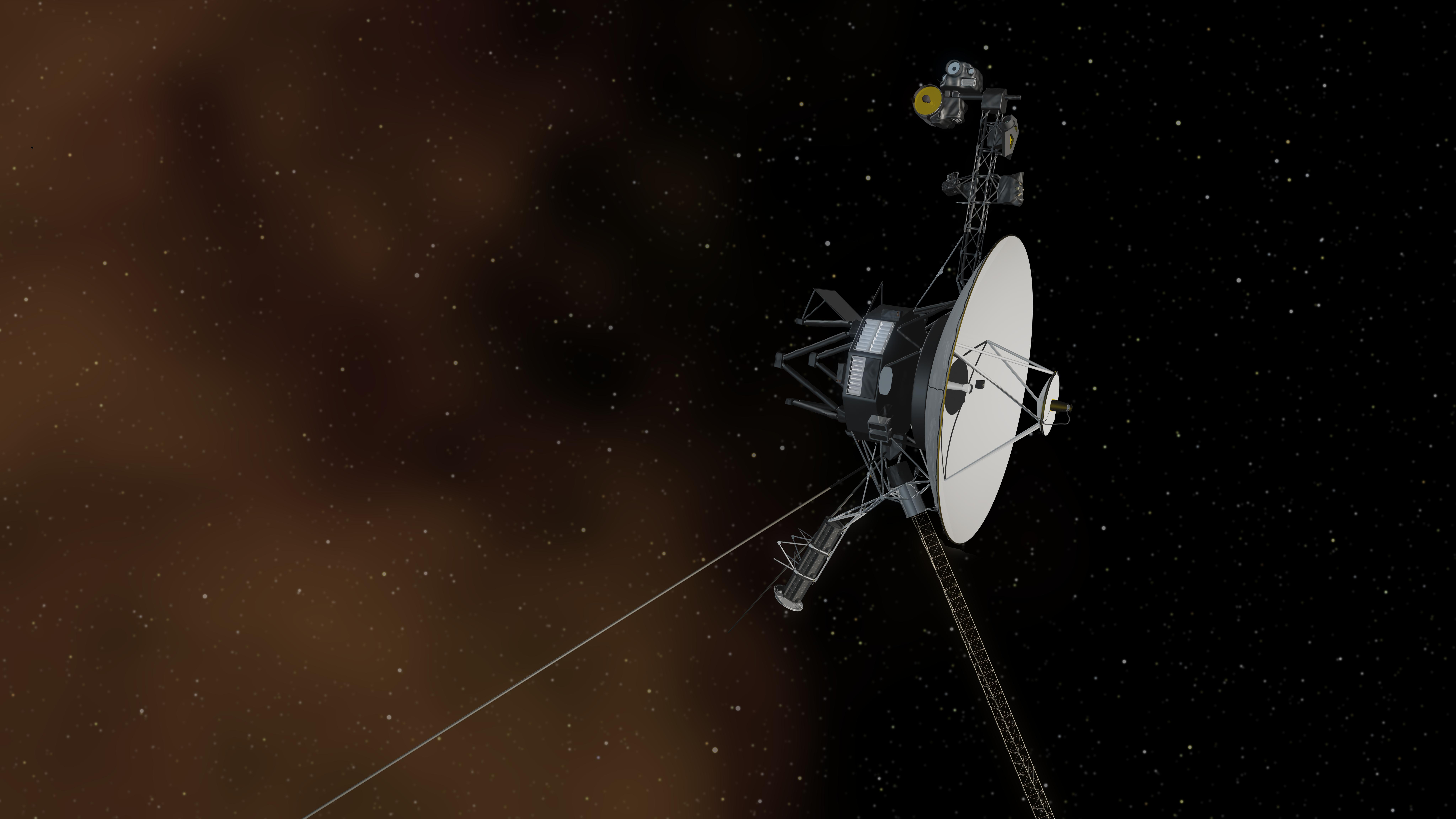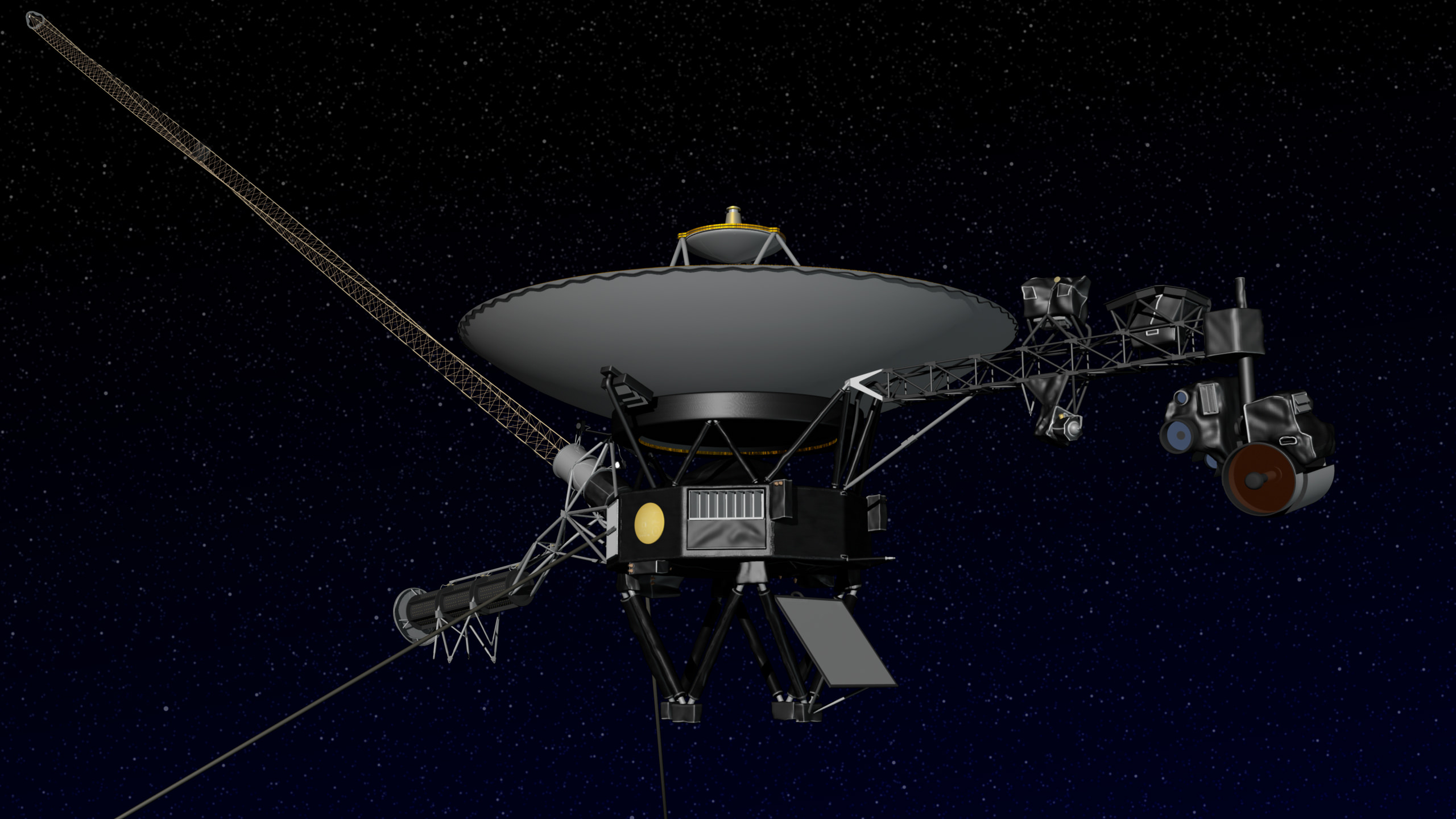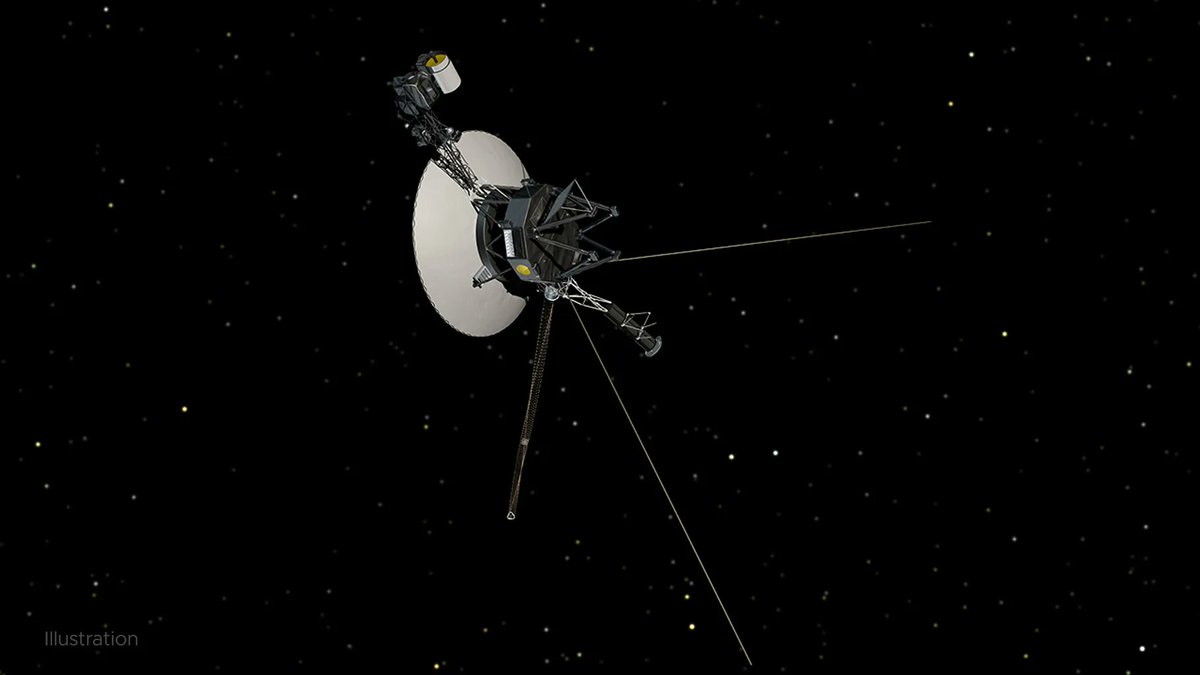Voyager 1 was launched waaaaaay back in 1977. I would have been 4 years old then! It’s an incredible achievement that technology that was built THAT long ago is still working. Yet here we are in 2024, Voyager 1 and 2 are getting older. Earlier this week, NASA had to turn off one of the radio transmitters on Voyager 1. This forced communication to rely upon the low-power radio. Alas technology around 50 years old does sometimes glitch and this was the result of a command to turn on a heater. The result was that Voyager 1 tripped into fault protection mode and switch communications! Oops.
Continue reading “Voyager 1 is Forced to Rely on its Low Power Radio”NASA Turns Off One of Voyager 2's Science Instruments
The two Voyager spacecraft have been speeding through space since 1977, powered by decaying chunks of plutonium that produce less and less energy every year. With less electricity available, NASA has decided to shut down one experiment on Voyager 2, the plasma science instrument. This device measures the quantity and direction of ionized particles passing the spacecraft. While Voyager 2 still has enough electricity to support its four other operational instruments, it will likely be down to just one by the 2030s.
Continue reading “NASA Turns Off One of Voyager 2's Science Instruments”NASA Restores Communications with Voyager 1
The venerable Voyager 1 spacecraft is finally phoning home again. This is much to the relief of mission engineers, scientists, and Voyager fans around the world.
Continue reading “NASA Restores Communications with Voyager 1”NASA is Fixing its Link to Voyager 1
Voyagers 1 and 2 were, to put it simply, incredible. They were true explorers and unveiled many mysteries of the outer Solar System, revealing the outer planets in all their glory. Communication with Voyager 1 has until recently been possible, slow but possible. More recently however, it has been sending home garbled data rendering communication to all intents impossible although messages can still be sent. Engineers at NASA have narrowed the problem down to an onboard computer, the Flight Data System (FDS). A dump of the entire memory of the FDS has now been received so that engineers can attempt to troubleshoot and fix the issue.
Continue reading “NASA is Fixing its Link to Voyager 1”Uranus and Neptune are Actually Pretty Much the Same Color
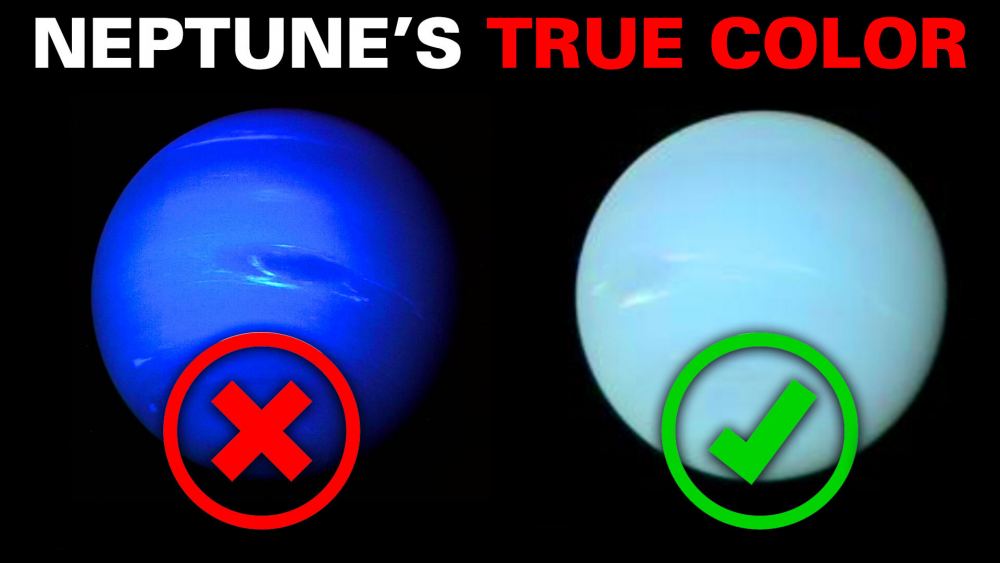
In the late 1980s, the Voyager 2 spacecraft snapped the “canonical” up-close images of Uranus and Neptune. In those views, Uranus was a pretty greenish-blue and Neptune appeared a deep azure color. It turns out that both planets are pretty close in color: a greenish-blue more akin to Uranus’s appearance.
Continue reading “Uranus and Neptune are Actually Pretty Much the Same Color”Voyager 1 Has Another Problem With its Computer System
For more than 46 years, the Voyager 1 probe has been traveling through space. On August 25th, 2012, it became the first spacecraft to cross the heliopause and enter interstellar space. Since then, mission controllers have maintained contact with the probe as part of an extended mission, which will last until the probe’s radioisotopic thermoelectric generators (RTGs) finally run out. Unfortunately, the Voyager 1 probe has been showing its age and signs of wear and tear, which is unavoidable when you’re the farthest spacecraft from Earth.
This includes issues with some of the probe’s subsystems, which have been a bit buggy lately. For instance, engineers at NASA recently announced that they were working to resolve an error with the probe’s flight data system (FDS). This system consists of three onboard computers responsible for communicating with another of Voyager 1’s subsystems, known as the telemetry modulation unit (TMU). As a result, while the spacecraft can receive and execute commands sent from Earth, it cannot send any science or engineering data back.
Continue reading “Voyager 1 Has Another Problem With its Computer System”Oops. NASA Accidentally Points Voyager 2’s Antenna Away from Earth, Temporarily Losing Contact

It’s every space mission’s nightmare: losing contact with the spacecraft. In the best case, you recover it right away. Worst case, you never hear from your hardware again. On July 21, controllers lost contact with Voyager 2, out in the depths of space. Now they’re waiting for a reset to catch Voyager 2’s next message when it “phones home”. (Update: on August 2, NASA announced via its Twitter account that it has received a “heartbeat” carrier signal from the spacecraft.)
Continue reading “Oops. NASA Accidentally Points Voyager 2’s Antenna Away from Earth, Temporarily Losing Contact”Edward Stone Has Been the Voyagers’ Project Scientist for 50 Years. He Just Retired
Edward Stone is retiring after 50 years as Project Scientist for the Voyager mission. The twin spacecraft revolutionized our understanding of our Solar System, and Stone was along for the ride every step of the way. Both spacecraft are still going, travelling deeper into interplanetary space, and still sending data home.
But after a long and rewarding career full of achievements and recognition, Stone is moving on.
Continue reading “Edward Stone Has Been the Voyagers’ Project Scientist for 50 Years. He Just Retired”Problem Solved! Voyager 1 is no Longer Sending Home Garbled Data!
Earlier this year, the teams attached to the Voyager 1 mission noticed that the venerable spacecraft was sending weird readouts about its attitude articulation and control system (called AACS, for short). The data it’s providing didn’t really reflect what was actually happening onboard. That was the bad news. The good news was that it didn’t affect science data-gathering and transmission. And, the best news came this week: team engineers have fixed the issue with the AACS and the data are flowing normally again.
Continue reading “Problem Solved! Voyager 1 is no Longer Sending Home Garbled Data!”Voyager 1 is Sending Home Strange Telemetry Data
Old computer systems have a lot of wacky ways to fail. Computers that are constantly blasted by radiation have even more wacky ways to fail. Combine those two attributes, and eventually, you’re bound to have something happen. It certainly seems to have with Voyager 1. The space probe, which has been in active service for NASA for almost 45 years, is sending back telemetry data that doesn’t make any sense.
Continue reading “Voyager 1 is Sending Home Strange Telemetry Data”


